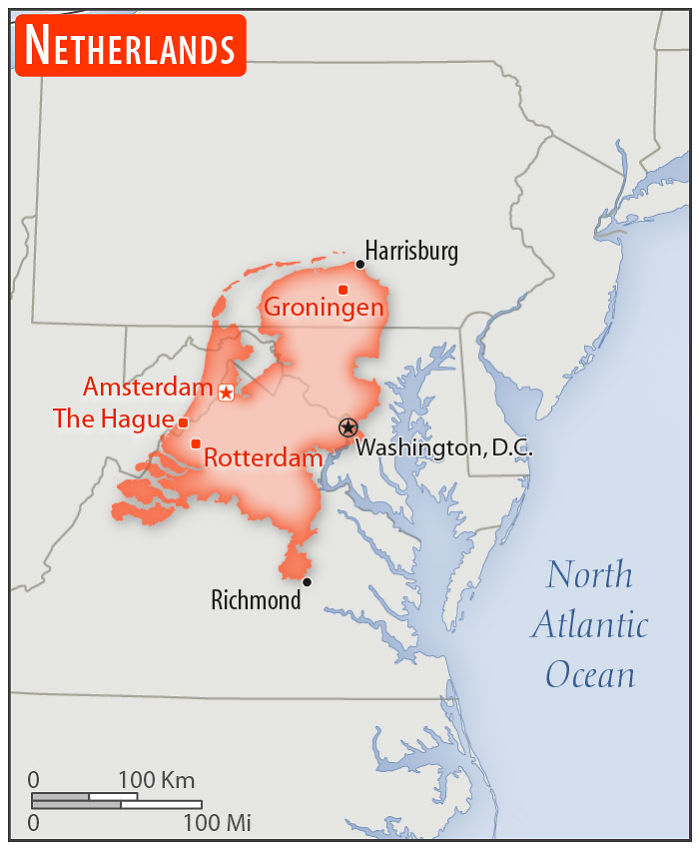If you're going to tell me I'm wrong, at least know what you're talking about. I ran highway projects in excess of $130mil USD.GOAT wrote: ↑02 Sep 2021, 20:40No it doesn’t- and a lot of highways in the Netherlands are proofing that every winter.Hoffman900 wrote: ↑29 Aug 2021, 16:52Permeable pavement works well for frost as it drains into the engineered sub base.
https://www.ad.nl/binnenland/strenge-vo ... ~acfb4498/
“ De schade ontstaat door water of gesmolten sneeuw dat in het asfalt sijpelt. Als het vocht uitzet ontstaan er scheuren in het wegdek.”
//
“The damage is caused by water or melted snow seeping into the asphalt. When the moisture expands, cracks appear in the road surface.”
The used asphalt is ‘ZOAB’ aka ‘very open asphalt’.
https://nl.m.wikipedia.org/wiki/Zeer_open_asfalt
There are multiple designs for porous paving.
Some use a porous mix ontop of a well drained engineered base layer. That's what I was referencing. Those types are typical of parking lots and are load limited. They do not have the frost issues of that design or of regular asphalt pavement or concrete pavement.
On a highway project, the typical cross section of an interstate highway might be like:
1) compacted subgrade (has proctor requirements).
2) 2' (compacted in 1' lifts) of an engineered soil with lime. When wet and compacted, it's nearly as hard as certain concrete mixes
3) Multiple layers of asphalt, with more fines as it increases. Typically about 1 foot thick
4) A .75" wear / porous layer.
The porous layer drains out to the shoulder which isn't covered in that later. .75" lip is acceptable in US Highways. These types of highways work pretty great if the grades are spot on and the subbase is very stiff. The issue in the one above is that if it was a similar design, everything below it wasn't dense enough, so wheel tracks were able to compact the asphalt and create little gullies for water to hide in.
That said, I can find THOUSANDS of miles of roadways in the US that look that bad after winter, and all are traditional asphalt or concrete construction.


